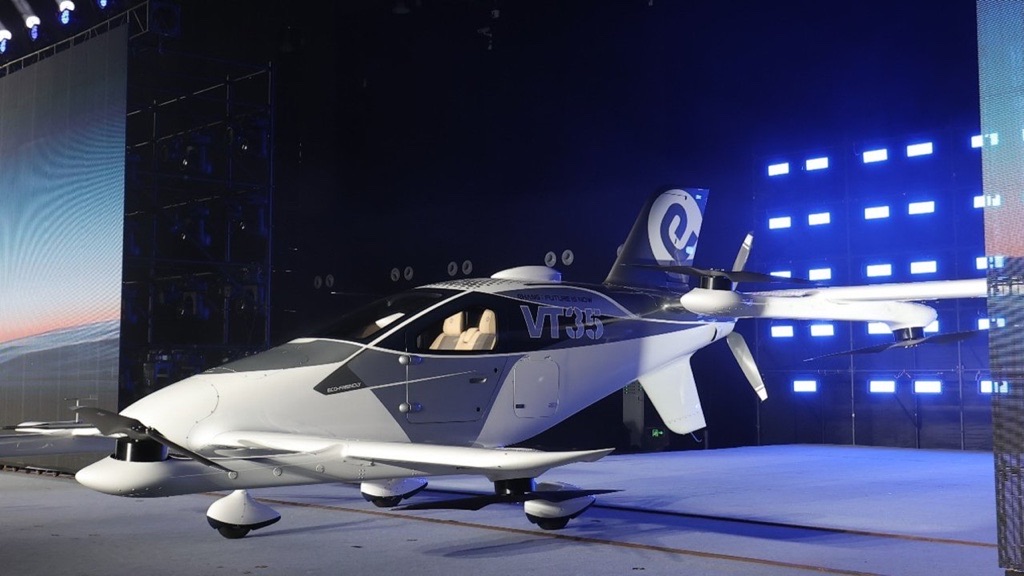EHang Unveils VT35 eVTOL Aircraft: Price, Range, and Pilotless Flight Explained
EHang’s VT35: The Pilotless Pod That Wants to Be a Plane
Chinese eVTOL pioneer EHang has officially unveiled its newest creation — the VT35, a fully autonomous electric aircraft designed for longer intercity travel. With nine propellers, a “lift-and-cruise” flight mode, and zero pilots in sight, this flying pod wants to blur the line between drone and airplane.
Introduction
The flying car has been the poster child of “The Future” for decades. But while robot butlers remain stubbornly fictional, EHang has quietly been building the real deal — or at least something close. The new VT35 is the company’s latest step toward that dream: a two-seat electric Vertical Takeoff and Landing (eVTOL) aircraft capable of flying up to 200 km (124 miles) on a single charge.
The catch? You don’t get to fly it. Nobody does. It’s completely autonomous — a massive, AI-controlled drone built for passenger transport.
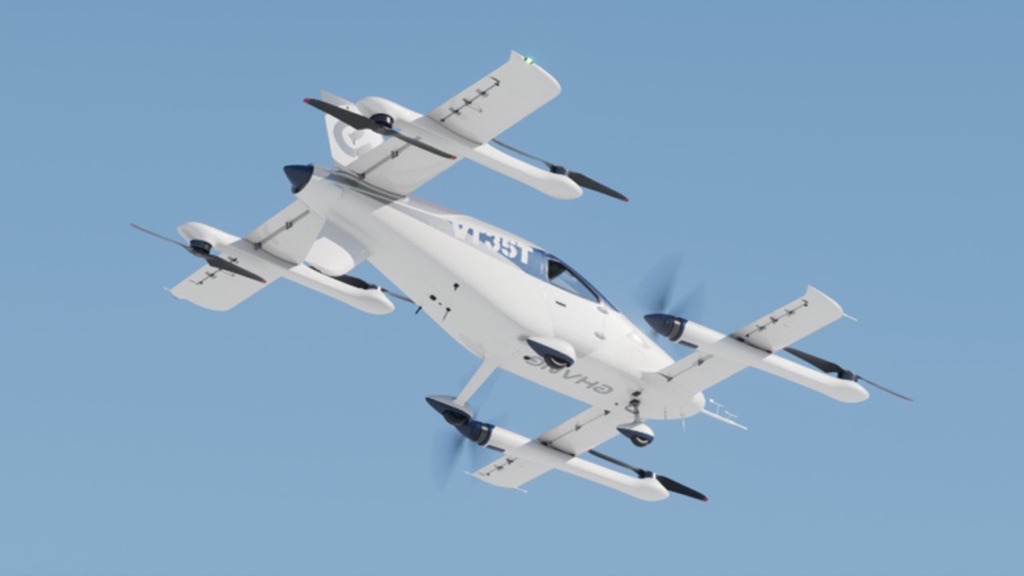
Key Facts & Specifications
| Parameter | EHang VT35 |
|---|---|
| Type | eVTOL (electric Vertical Takeoff and Landing) |
| Seats | 2 passengers |
| Flight Range | 200 km (124 miles) |
| Max Takeoff Weight | 950 kg (2,094 lbs) |
| Length / Wingspan | 8 m / 8 m (≈26 ft) |
| Cruise Design | Lift-and-cruise with tandem wings |
| Propellers | 9 total (8 lift, 1 pusher) |
| Top Speed | Not disclosed (estimated ~150–200 km/h) |
| Price (China) | ¥6.5 million RMB (~$910,000 USD) |
| Autonomy | Fully autonomous, no pilot controls |
| Certification | Under airworthiness review by CAAC |
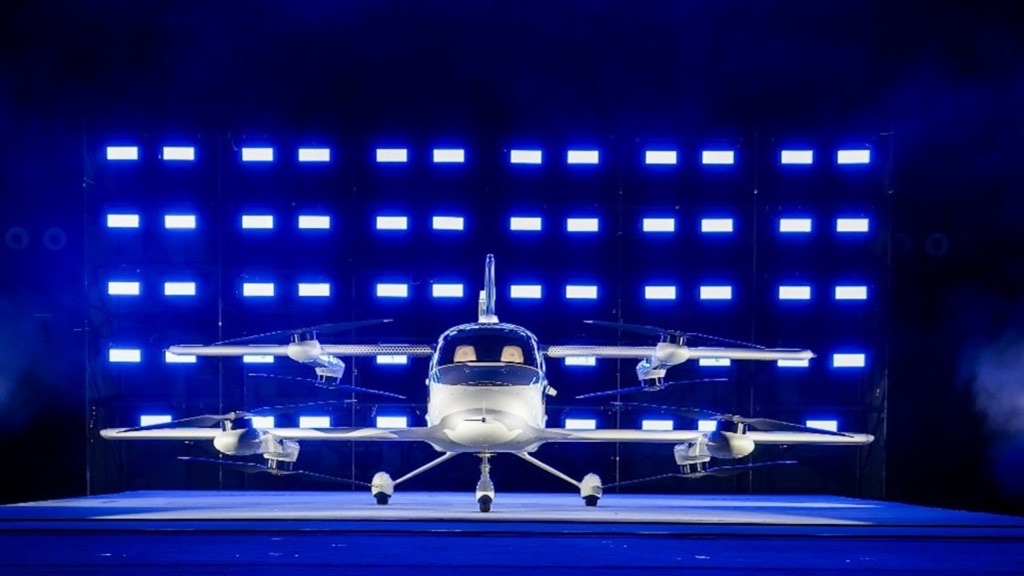
Design and Flight System
The EHang VT35 is what’s known as a “lift-and-cruise” aircraft. It takes off vertically using eight propellers mounted on two tandem wings — one at the front and one at the back — and once airborne, it switches mid-flight to a pusher propeller that provides forward thrust like a conventional airplane.
That transition, according to EHang, has already been “successfully completed.” Which is good, because “switching from helicopter to airplane mode in mid-air” is not something you want them learning by trial and error.
Despite its 26-foot frame, it’s lightweight — under 2,100 pounds — and runs entirely on electric power. It requires no runway, no pilot, and (theoretically) no nerves of steel.
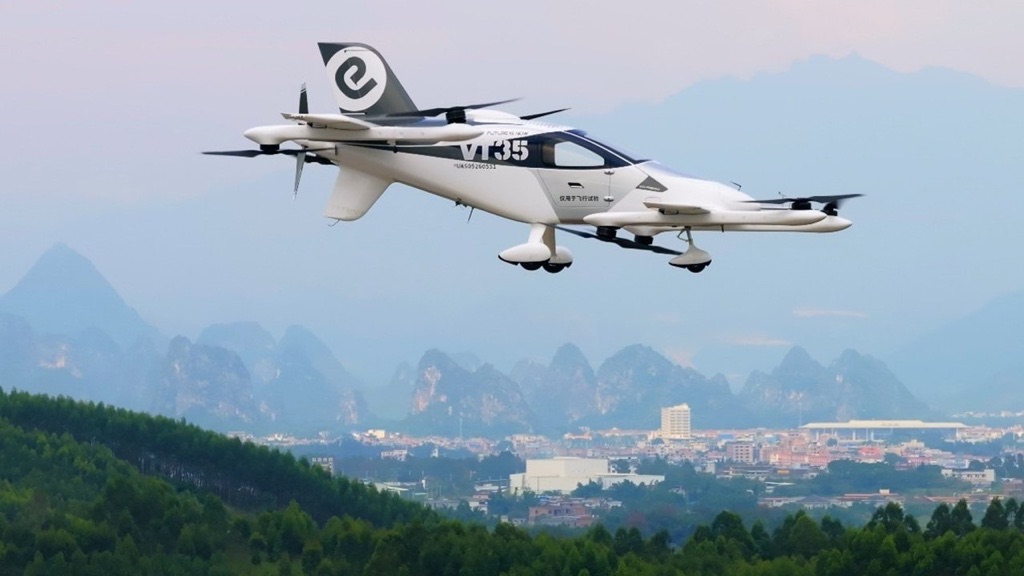
Technology and Autonomy
This isn’t just a glorified drone; it’s a fully autonomous air taxi. The VT35 is controlled by a command-and-control network that handles everything from takeoff and navigation to obstacle avoidance and landing.
EHang claims “full-redundancy design” and “obstacle detection,” though we’re still hoping the system knows the difference between a soft cloud and a hard mountain.
The goal is to create “one-hour air mobility living circles” — essentially short-range regional flight networks that connect major cities and districts without airports.
Pricing and Certification
At ¥6.5 million RMB (≈$910,000 USD), the VT35 costs as much as a small airplane or a luxury helicopter — but unlike either of those, it flies itself.
Currently, it’s not available for public purchase. EHang has submitted certification documents to China’s Civil Aviation Administration (CAAC), and the aircraft is “undergoing airworthiness certification.” The company says it’s “streamlining the process” based on lessons from certifying the smaller EH216-S. Aviation veterans will recognize that “streamlining” and “government certification” usually occupy different planets, but optimism never hurts.
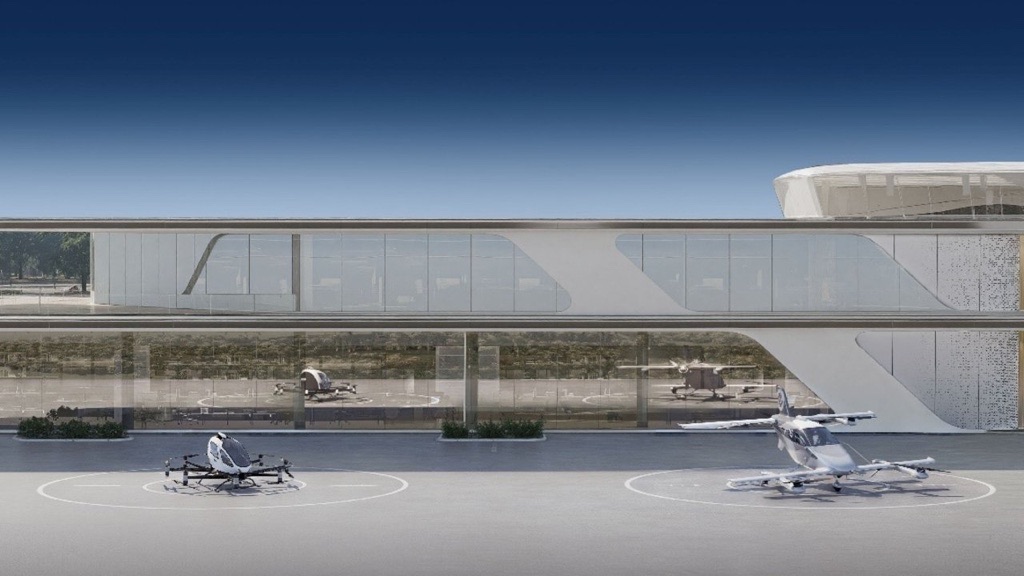
Competitors and Ecosystem
EHang’s plan isn’t just to sell aircraft — it’s to build an ecosystem. The smaller EH216-S handles short hops across urban centers, while the VT35 covers longer 124-mile intercity flights.
This puts it in the same futuristic category as Joby Aviation, Lilium, and Archer Aviation, though EHang’s fully pilotless approach makes it a bit of an outlier — or a glimpse of what’s next.
The Hefei Municipal Government has already signed on for purchase orders, signaling that China’s urban mobility infrastructure may soon include fleets of these electric pods buzzing between cities.
Conclusion
The EHang VT35 isn’t just a prototype — it’s a statement. It’s the latest leap toward an autonomous aerial future where human pilots are optional. Sure, it costs nearly a million dollars and can’t yet fly outside of test zones, but that’s how every revolution starts — expensive, experimental, and slightly terrifying.
Is it practical? Not yet. Is it ambitious? Absolutely. And while most of us will never own one, we might someday find ourselves inside one — payload, destination preprogrammed, trusting the algorithm to get us there.
Just… maybe let the vice mayor test it first.
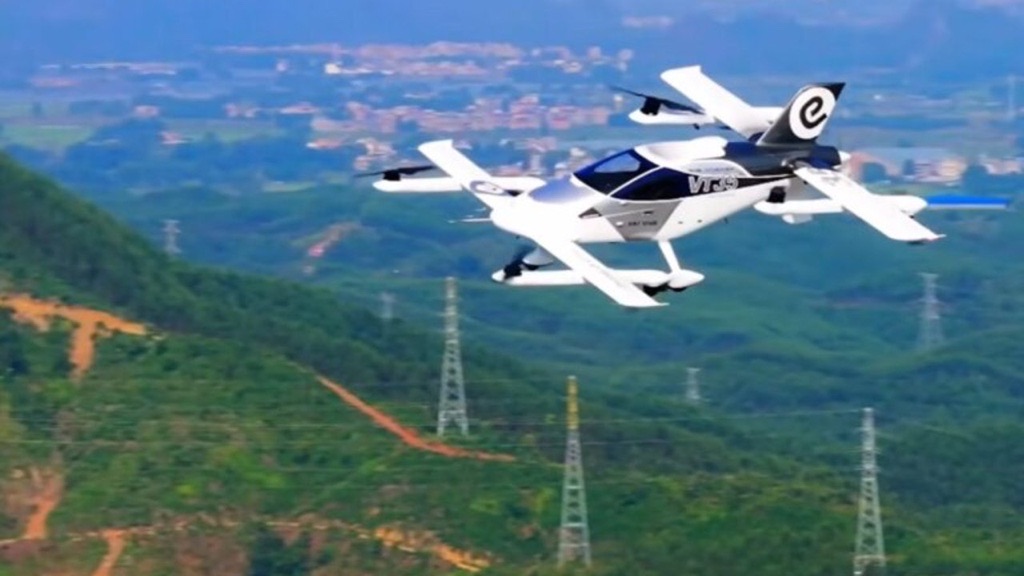
FAQ
When will the EHang VT35 be available?
The VT35 is currently under airworthiness certification by China’s CAAC. Commercial operations are expected after approval.
What is the range of the EHang VT35?
EHang claims a maximum flight range of 200 km (124 miles) on a full charge.
How much does the EHang VT35 cost?
The base price in China is ¥6.5 million RMB (~$910,000 USD).
Does the VT35 require a pilot?
No. The aircraft is fully autonomous and remotely managed by EHang’s control systems.

